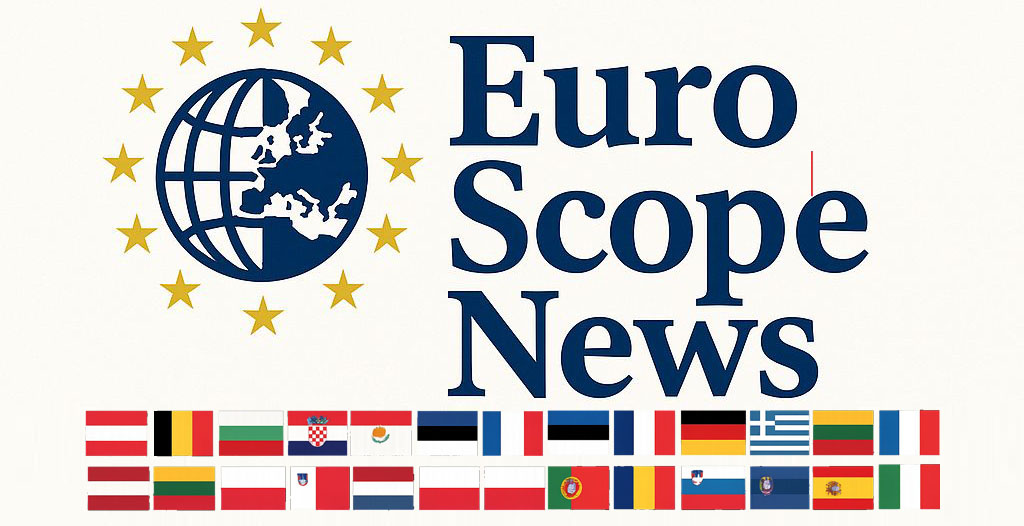This Easter, experts indicate that soaring cocoa prices will continue to influence chocolate prices, leading consumers to search for deals to fill their baskets. Cocoa prices have seen a dramatic rise over the past few years due to various factors affecting crops in key cocoa-producing countries, including extreme weather patterns.
In 2024, cocoa prices surged above US$12,000 per ton, and while they have recently stabilized around US$8,000 per ton, this still marks a significant increase from the US$2,000 level observed in 2022, based on data from Refinitiv. For chocolate manufacturers, maintaining product quality amidst such price hikes has made raising retail prices a necessity. Daniel Poncelet, owner of Vancouver's Daniel Chocolates, commented, “When your price of chocolate triples… you cannot keep the same price. It’s impossible.” He noted that the price of his chocolate Easter bunnies has doubled over the past couple of years.
According to inflation data from Statistics Canada, confectionery product prices rose by 5.7 percent year-over-year in March, outpacing the overall inflation rate. Additionally, climate change exacerbates challenges for cocoa farmers, affecting harvest yields due to extreme heat and rainfall. In response, some farmers have shifted to other crops, further contributing to rising cocoa prices.
The 2025 Food and Beverage Report from Farm Credit Canada indicates that confectionery manufacturers experienced some easing in sugar prices in 2024; however, cocoa prices are expected to remain high in 2025. The report warns, “If cocoa prices stay high and trade disruptions persist, margins will be squeezed further in the sector.” Companies are limited in how much they can offset such significant cost increases, says Jo-Ann McArthur, president of Nourish Food Marketing. Aside from increasing prices, manufacturers can reduce product sizes, substitute cocoa solids with cocoa butter, or market their products as more premium, she explained.
Smaller businesses find it particularly challenging to adapt to these price hikes. However, even the large chocolate companies are not immune. Mondelez International, recognized for its Cadbury chocolate and other popular brands, projected a decline in its adjusted earnings per share in 2025 due to “unprecedented cocoa inflation,” as noted during their fourth-quarter results announcement in February.
Poncelet has observed that while customers understand the rationale behind price increases, their purchasing habits have changed. “People are not going to buy a dozen bunnies. They’re going to buy maybe one for each kid, and that’s it,” he remarked. Market research from Mintel indicates that consumers often change their shopping behaviors in response to higher prices, gravitating towards discount stores and seeking out sales before considering more affordable private-label brands.
Nonetheless, special occasions bring a different shopping mindset. Joel Gregoire, associate director at Mintel, notes that budget-conscious parents may still be willing to indulge in Easter chocolate but could adopt a “high-low” strategy. Parents might splurge on select items while saving on others, driven by the desire to create memorable experiences.
McArthur concurs that consumers tend to maintain their willingness to splurge during special occasions, though they may prefer cost-effective options. For example, she recently observed a Lindt display positioned in a dollar store, highlighting a blend of saving and indulgence.
Retailers and manufacturers are expected to offer consumers more choices to alleviate the impact of higher prices. This may include “tiering,” which involves providing both a high-quality product at a premium price and a more affordable alternative. There is also potential for store-owned brands, which typically offer lower prices than well-known brands. Additionally, companies might employ shrinkflation techniques, making products slightly smaller, or provide multiple sizes of the same item.
Poncelet remains optimistic about a potential drop in cocoa prices, mentioning that current prices are notably lower compared to last year’s peak. He stated, “I booked some contracts for (the) third and fourth quarters with a more favorable price.” He expressed hope that starting in July, it might be possible to lower chocolate prices accordingly.
On a positive note, McArthur does not anticipate tariffs affecting chocolate prices this Easter. She explained that tariffs take time to impact retail pricing due to the supply chain, and many manufacturers have been stockpiling ingredients for some time. Also, a recent government announcement provided a temporary reprieve from retaliatory tariffs on ingredients used by Canadian food manufacturers, among other sectors.












